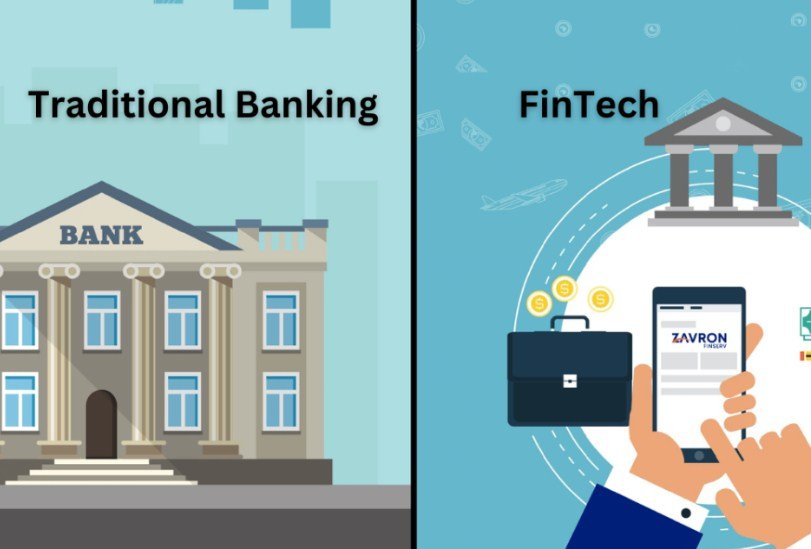The financial sector is undergoing a radical transformation, thanks to the emergence of innovative and disruptive players known as fintechs. These are companies that use technology to offer faster, cheaper, and more convenient financial services to customers, often bypassing the intermediation of traditional banks. But what are the main differences between fintechs and banks, and how are they competing or collaborating in the market?
Fintechs vs Banks: Business Model and Innovation
One of the key differences between fintechs and banks is their business model. Fintechs are usually focused on solving a specific problem or addressing a particular gap in the market, such as peer-to-peer lending, mobile payments, or robo-advisory. They target niche segments of customers who are underserved, overcharged, or dissatisfied with the existing financial system. They also leverage data and analytics to offer personalized and tailored solutions to their users.
Banks, on the other hand, are more generalist and cater to a broader audience. They offer a wide range of products and services, such as deposits, loans, mortgages, insurance, and wealth management. They have a large and loyal customer base, as well as a strong brand recognition and trust. They also have access to low-cost funding and regulatory protection.
However, banks are also burdened by legacy infrastructure, bureaucracy, and regulations, which make them slow and costly to innovate. Fintechs, in contrast, are agile and customer-centric. They use the latest technologies, such as cloud computing, artificial intelligence, and blockchain, to create new and improved ways of delivering financial services. They also experiment and iterate rapidly, based on customer feedback and market demand.
Fintechs vs Banks: Financial Processes and Focus
Another difference between fintechs and banks is how they streamline and simplify complex financial processes. Fintechs use technology to automate and digitize various aspects of finance, such as identity verification, credit scoring, risk management, and compliance. They also enable customers to access and manage their finances anytime, anywhere, and from any device, through user-friendly interfaces and applications.
Banks, meanwhile, still rely on manual and paper-based processes, which are time-consuming, error-prone, and inefficient. They also require customers to visit physical branches, fill out forms, and meet with bank representatives, which can be inconvenient and frustrating. Moreover, banks often charge high fees and interest rates, which can erode customer satisfaction and loyalty.
Fintechs also differ from banks in their focus and priorities. Fintechs are more concerned with mobile functionality, big data, agility, and accessibility. They aim to provide seamless and frictionless customer experiences, as well as to democratize and disrupt the financial system. Banks, however, are more focused on risk management, security, and stability. They aim to preserve and protect their market share, as well as to comply with the regulatory and legal framework.
Fintechs vs Banks: Competition or Collaboration?
The differences between fintechs and banks have led to a dynamic and evolving relationship between them. On one hand, they are competitors, as they vie for the same customers and markets. Fintechs pose a threat to banks, as they offer cheaper, faster, and more convenient alternatives to traditional financial services. Banks, in turn, try to defend their turf, by launching their own digital initiatives, acquiring or partnering with fintechs, or lobbying for stricter regulations.
On the other hand, they are also collaborators, as they recognize the benefits of working together. Fintechs can leverage the scale, reach, and trust of banks, as well as their access to funding and regulatory expertise. Banks can leverage the innovation, agility, and customer-centricity of fintechs, as well as their technological capabilities and data insights. By combining their strengths and compensating for their weaknesses, fintechs and banks can create synergies and value for both themselves and their customers.
The future of finance will likely depend on how fintechs and banks balance their competition and collaboration. While some fintechs may aim to replace or displace banks, others may seek to complement or enhance them. Similarly, while some banks may resist or reject fintechs, others may embrace or adopt them. The ultimate winners will be those who can deliver the best solutions for the customers, and the customers themselves, who will have more choices, options, and opportunities in the financial sector.

